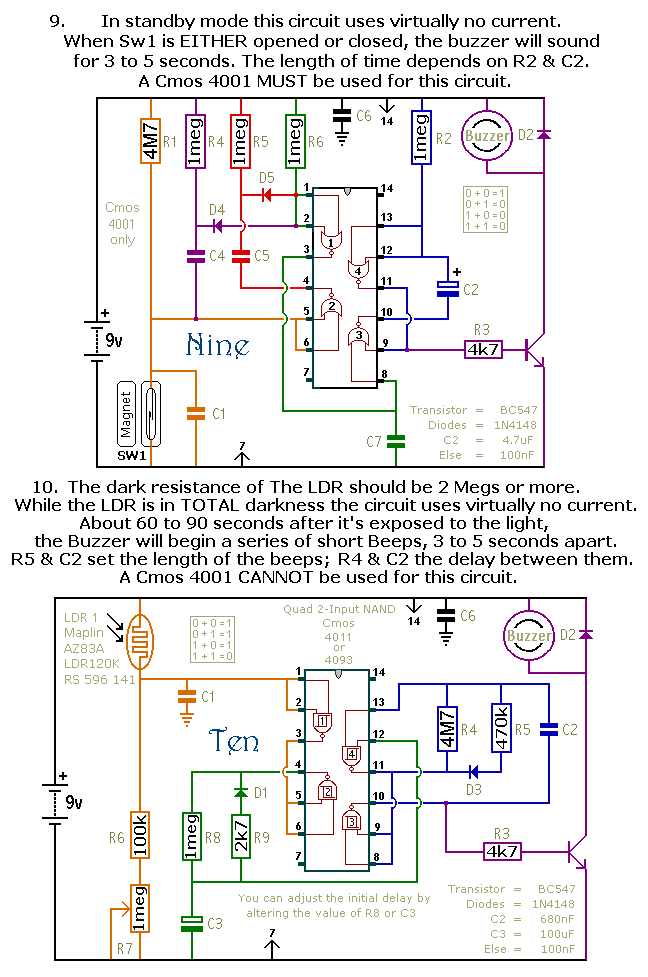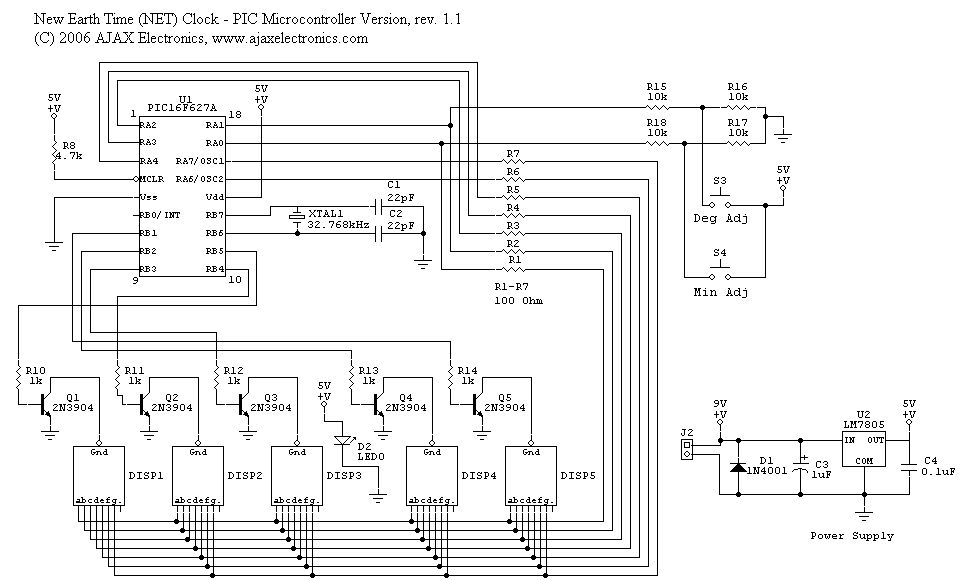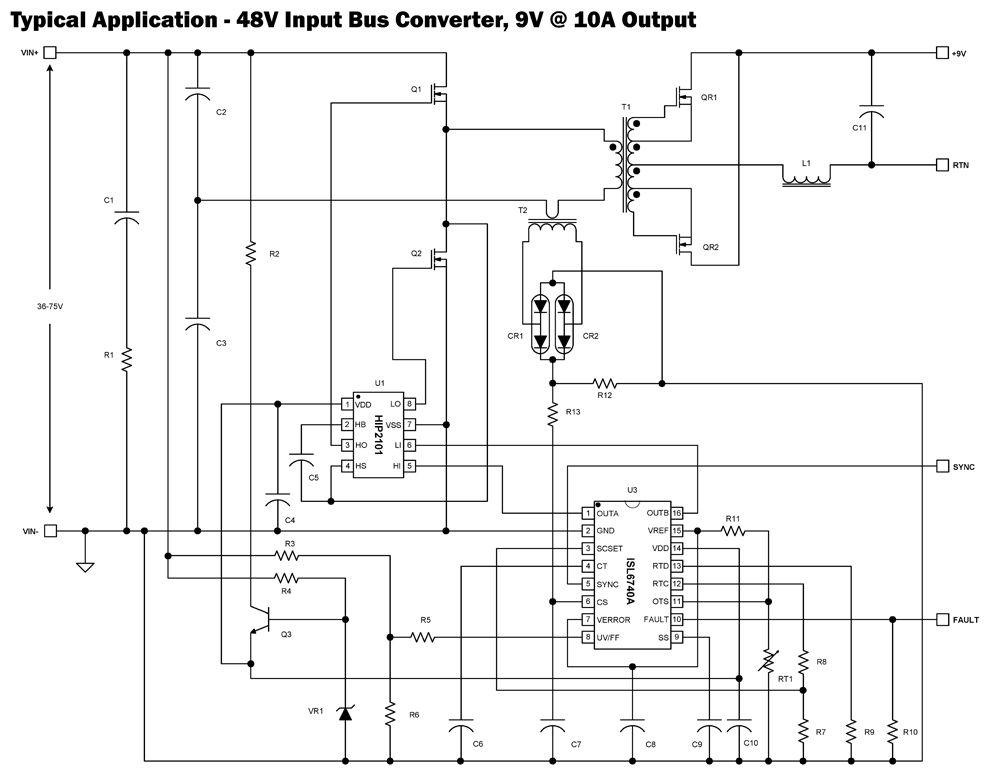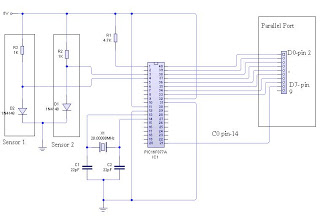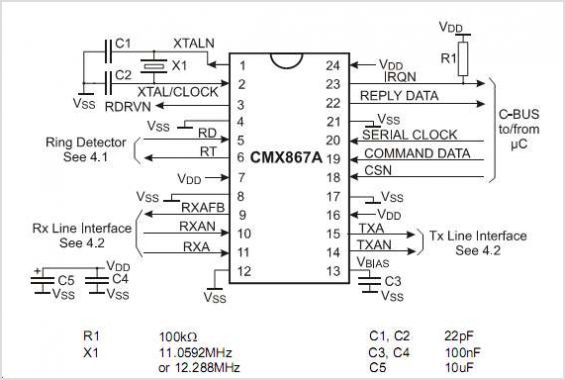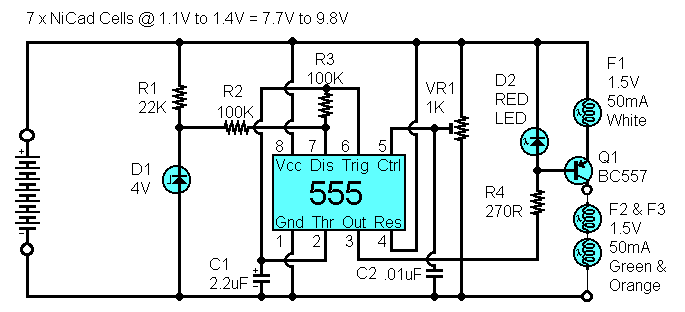
Transparent Mode XBee Projects for Model Railroading
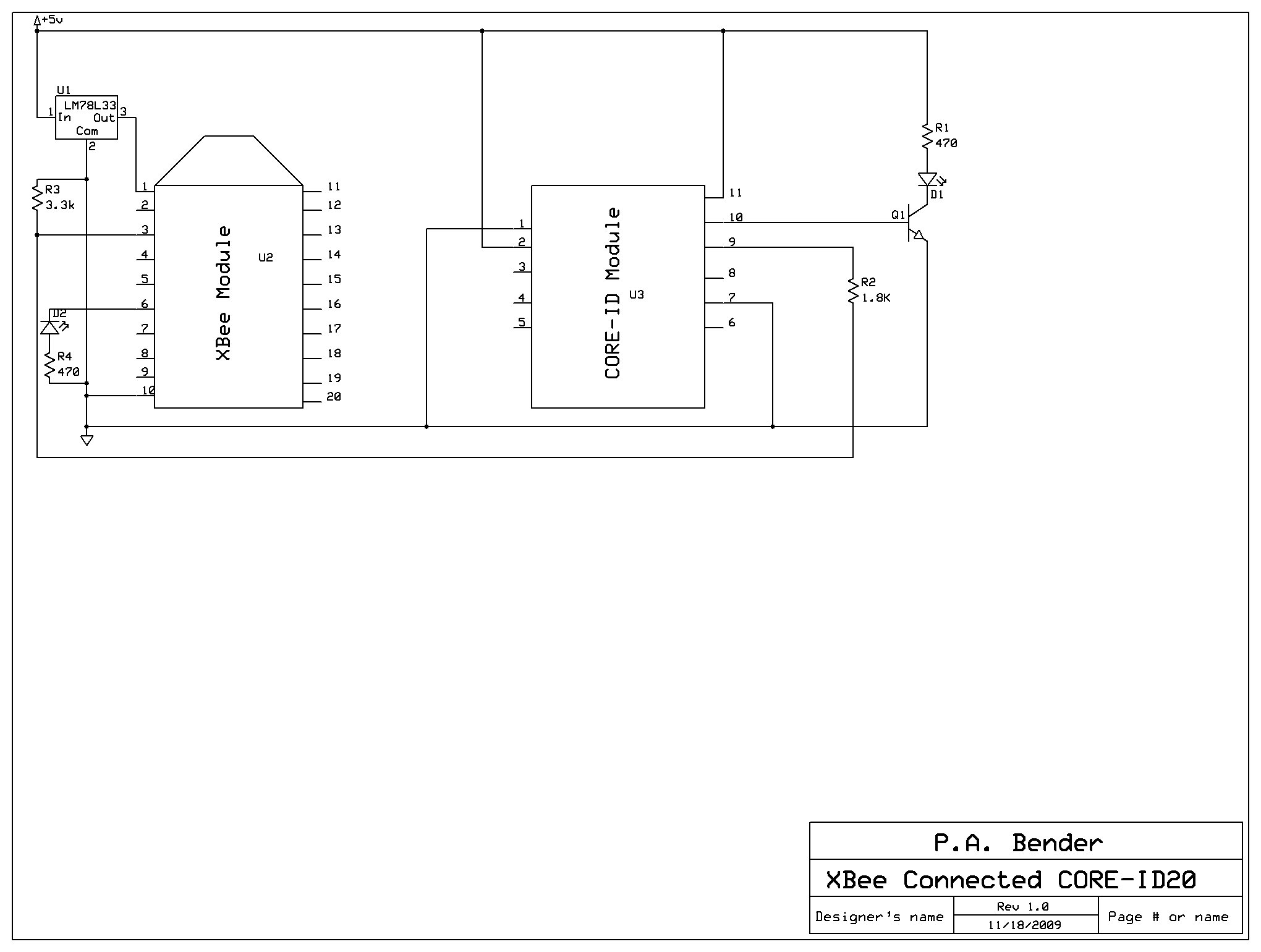
The remaining equipment is installed at the train layout's computer interface. The interface used is a Lenz LI100F configured to communicate at 9600 bps. Both the LI100F and the XBee Explorer Serial are set up as DCE (Data Communications Equipment) devices. These devices are intended to connect directly to an RS232 serial port on a computer, rather than to another DCE device. To connect the two devices, it is necessary to reverse the transmit and receive pins through the cable linking them. This is achieved using a Null modem, which enables two DCE devices (or two DTE devices, such as computers) to communicate directly. Additionally, both the LI100F and the XBee Explorer Serial feature 9-pin female D-SUB connectors. A cable with two male ends is required to connect the two devices, or alternatively, a male-to-male gender changer can be utilized. The XBee modules can be configured to communicate through their serial port at various baud rates including 1200, 2400, 4800, 9600, 19200, 37400, 57600, and 115200 bps, allowing for compatibility with most serial interfaces.
The setup involves critical considerations for ensuring effective communication between the Lenz LI100F interface and the XBee Explorer Serial. The Lenz LI100F acts as a bridge between the digital control system of the train layout and the wireless communication capabilities of the XBee module. The choice of 9600 bps as the operating speed is standard for many applications and provides a reliable data transfer rate for typical commands and responses in model train operations.
Utilizing a Null modem is essential in this configuration as it effectively swaps the transmit and receive lines, facilitating proper communication between two devices that are both configured as DCE. The physical connection is made using a suitable cable or a gender changer, ensuring that the pinouts align correctly for data transmission.
The versatility of the XBee modules is highlighted by their ability to operate at multiple baud rates, making them adaptable to various systems. This feature is particularly beneficial when integrating with older or different serial devices, ensuring that the communication speed can be matched to the requirements of the connected equipment.
In summary, this configuration serves as a robust solution for integrating a model train layout's control interface with wireless communication technology, enhancing the operational capabilities of the system. Proper attention to the connection methodology and configuration settings is crucial for achieving seamless communication between devices.The remaining equipment is installed at the train layout`s computer interface. The interface I used here is a Lenz LI100F configured to communicate at 9600bps. Both the LI100F and the XBee Explorer serial are configured as DCE (Data Communications Equipment) devices. These devices are intended to be connected directly to an RS232 serial port on a computer, and not to another DCE device. In order to connect the two devices, we were required to reverse the transmit and receive pins through the cable going between them. This is accomplished using a Null modem, which allows two DCE devices (or two DTE (Data Terminal Equipment (e.
g. computers) to communicate with each other directly. Additionally, both the LI100F and the XBee Explorer Serial have 9 pin female D-SUB connectors. We need to use a cable with two male ends to connect the two devices. Alternately, a male to male gender changer can be used. The The XBee modules can be configured to communicate through it`s serial port at 1200, 2400, 4800, 9600, 19200, 37400, 57600, and 115200 bps. This should allow matching it`s speed to most serial interfaces. 🔗 External reference
The setup involves critical considerations for ensuring effective communication between the Lenz LI100F interface and the XBee Explorer Serial. The Lenz LI100F acts as a bridge between the digital control system of the train layout and the wireless communication capabilities of the XBee module. The choice of 9600 bps as the operating speed is standard for many applications and provides a reliable data transfer rate for typical commands and responses in model train operations.
Utilizing a Null modem is essential in this configuration as it effectively swaps the transmit and receive lines, facilitating proper communication between two devices that are both configured as DCE. The physical connection is made using a suitable cable or a gender changer, ensuring that the pinouts align correctly for data transmission.
The versatility of the XBee modules is highlighted by their ability to operate at multiple baud rates, making them adaptable to various systems. This feature is particularly beneficial when integrating with older or different serial devices, ensuring that the communication speed can be matched to the requirements of the connected equipment.
In summary, this configuration serves as a robust solution for integrating a model train layout's control interface with wireless communication technology, enhancing the operational capabilities of the system. Proper attention to the connection methodology and configuration settings is crucial for achieving seamless communication between devices.The remaining equipment is installed at the train layout`s computer interface. The interface I used here is a Lenz LI100F configured to communicate at 9600bps. Both the LI100F and the XBee Explorer serial are configured as DCE (Data Communications Equipment) devices. These devices are intended to be connected directly to an RS232 serial port on a computer, and not to another DCE device. In order to connect the two devices, we were required to reverse the transmit and receive pins through the cable going between them. This is accomplished using a Null modem, which allows two DCE devices (or two DTE (Data Terminal Equipment (e.
g. computers) to communicate with each other directly. Additionally, both the LI100F and the XBee Explorer Serial have 9 pin female D-SUB connectors. We need to use a cable with two male ends to connect the two devices. Alternately, a male to male gender changer can be used. The The XBee modules can be configured to communicate through it`s serial port at 1200, 2400, 4800, 9600, 19200, 37400, 57600, and 115200 bps. This should allow matching it`s speed to most serial interfaces. 🔗 External reference
